Science Curriculum
7th Grade
|
Course Purpose: |
Seventh grade students will apply earth/space science, life science, and physical science principles to precisely define the world they see. |
Outcomes and Components:
| SC.7.8 | Students will model the properties of various waves, absorption, reflection , transmission, refraction of waves, and determine how light is produced, through various media. | ||
|
Pacing Instruct/ Assess |
Component Code |
Component |
Standard(s) |
| SC.7.8.1 | Identify properties of waves. (Amplitude, wavelength, frequency, type) | MS-PS4-1 | |
| SC.7.8.2 | Describe effects of the measurable qualities of waves. | MS-PS4-1 | |
| SC.7.8.3 | Determine how rainbows and prisms model refraction of light. | MS-PS4-2 | |
| SC.7.8.4 | Model reflection, refraction, and transmission of light through various media. | MS-PS4-2 | |
| SC.7.8.5 | Model how light energy creates sight. | MS-PS4-2 | |
| SC.7.8.6 | Model absorption, reflection, transmission, and refraction of sound waves. | MS-PS4-2 | |
| SC.7.8.7 | Determine and model the effect of media on various waves. | MS-PS4-2 | |
| SC.7.8.8 | Compare analog and digital signals and their applications. | MS-PS4-3 | |
|
Academic Vocabulary: Identify, describe, determine, model, test |
|
Content Vocabulary: wave, amplitude, wavelength, frequency, longitudinal wave, transverse wave, prism, transmission, medium, light energy, visible light, electromagnetic spectrum, ultraviolet, reflection, absorption, scattering, refraction, pigment, refraction, convex lens, concave lens, outer ear, middle ear, inner ear, hearing loss, deafness, pitch, Doppler effect, decibel, echolocation, ultrasonography interference, sonic boom, standing wave, resonance, diffraction |
